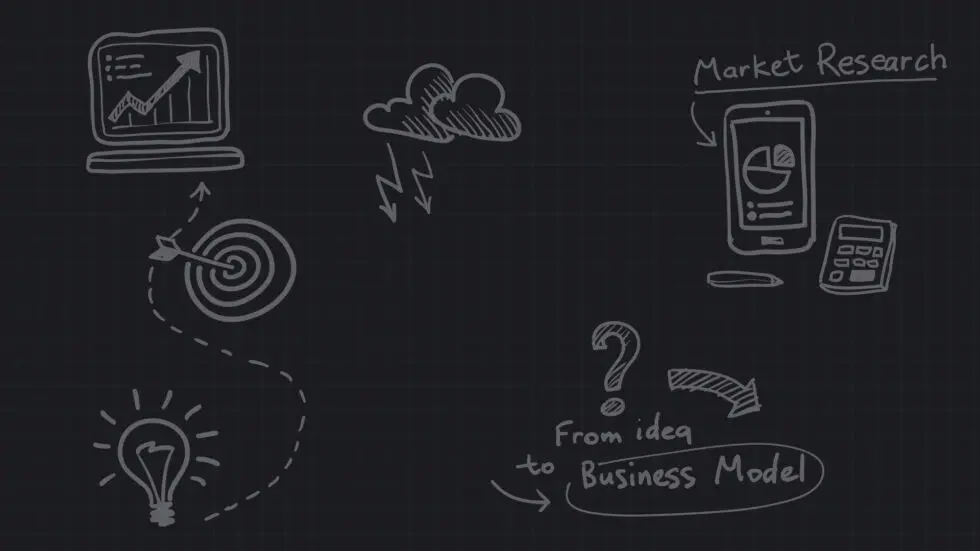Sundance is back! BENlabs returned as a keynote sponsor for Brand Storytelling for the first in-person Sundance Film Festival in 3 years, and the energy was palpable. Park City was once again abuzz with the best filmmakers, producers, creators, and brand marketers in the entertainment industry, and the excitement generated by so many like-minded thinkers in a relaxed setting was truly refreshing. Not to mention that Sundance without the snow, skiing, and elk chili is just not the same.
Brand Storytelling hosted a 3-day seminar at The Lodges in Deer Valley, which continues to be the best set-up in town for marketers to see all the amazing brand-funded films and different approaches their colleagues are taking to tell all so many diverse and important stories. We were able to have numerous conversations with some of the biggest brands in the world, as well as some of the biggest producers, about why they chose the subjects their films were about, and why those stories were important to their audience. Here are the key themes that we observed during the week:

AUTHENTICITY & SUSTAINABILITY
Authenticity and sustainability were two of the biggest cinematic themes across Brand Storytelling. Recognizing the role brands play in their ability to impact issues like global warming, films like “A Fire Inside” by NRMA Insurance, a heart-wrenching film about the impact of the Australian wildfires, or “Big Water Summer” by Go Daddy, a film about food deserts and nutrition in the Navajo Nation, showed brands using their power to not only protect our planet but create sustainable products as well. Films that focused more on authenticity such as “The Cuban Way” by Corona, which showcased the life of underground surf culture in Cuba, and “Lesbian Bar Project” by Jägermeister, showed the importance of brands telling stories as diverse as their consumers, and giving a platform to voices less heard from.

BRANDED VS UNBRANDED
The debate of exactly what is and isn’t an acceptable level of branding in the films varied depending on who you talked to. Wanting to keep the films authentic and artistic, yet still relevant to the brand in enough of a way to drive meaningful ROI, was the thin line every marketer was trying to toe. The best films were the ones that were funded by brands whose products actually helped the cause they were exploring in their film. Not to humble brag, but BENlabs presented our work with Wounded Warrior Project and Marvel to create animated superheroes of wounded vets, to showcase how they were the real-life superheroes we all need, felt as one of the best natural alignments to drive awareness of such an important cause without coming off too commercial or fake.
ROI
This was a very hot topic amongst the different brand storytellers. Determining how and what to measure for the ROI in branded content was just as important as the artistic execution of the film. Companies like Forbes that have 1st party data are getting very granular with ROI in terms of what content is being read/viewed and by whom on their platform. More general entertainment content was focused on reach and impact, but a lot of it comes down to where the film will live, and how exactly the brand is referenced (if at all). This brought a lot of marketers to the conclusion that partnering with larger Hollywood projects through product placement, was the best way to ensure that their message got the most exposure possible by contributing to the story, instead of taking away from it.

CULTURAL RELAVANCY
This was perhaps the most important theme of Brand Storytelling, driving cultural relevancy. Marketers know that their audiences want meaningful impact from their brands and that they love entertainment. Making sure that they are empowering artists to create, and tell unique stories, is as important to consumers as the product themselves. Luckily, we are living in the golden age of entertainment, but in order to cut through the noise, and also contribute to the culture, brands need to have a focused strategy. Between streaming services and social media platforms, there are thousands of options for consumers, so brands need to make sure that what they are doing is actually reaching their target audience. One thing is for certain – when brands empower artists to create the art they want to make, audiences respond more favorably than when they try to do something forced or performative. Being authentic and strategic ensures that everyone wins.


